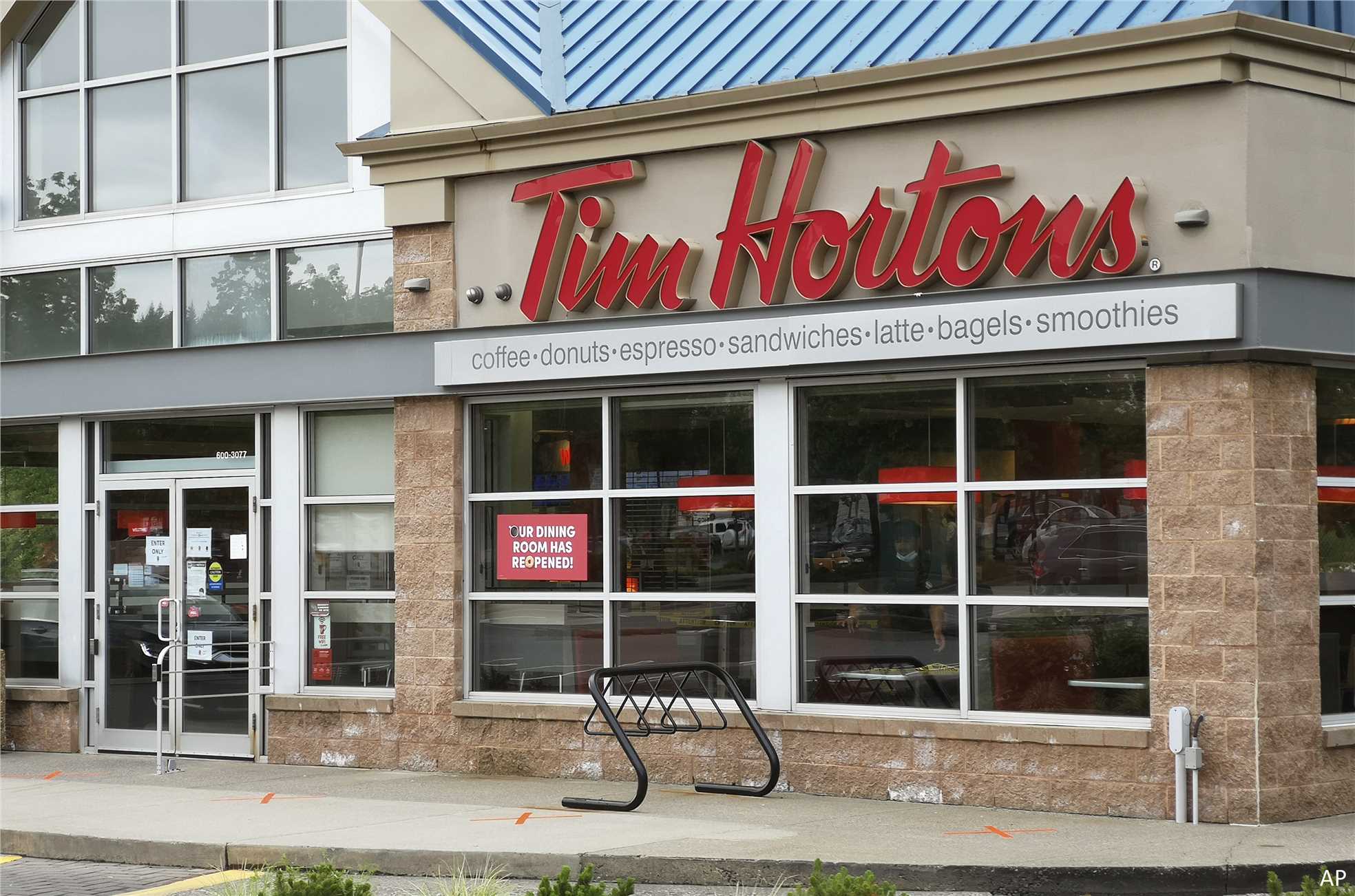
This is the time of year when temperatures fall and things begin to perk up in the hot beverage industry, particularly in the coffee market. While COVID-19 may have diminished coffee’s value as a social lubricant, at least temporarily, for millions around the world a piping hot cup of morning java will continue to be the go-to drink to kickstart their day.
A burgeoning market bears out coffee’s growing popularity, fuelled by the increased appetite for the steaming cuppa in emerging markets. The numbers support the cheery outlook for the drink’s future revenue opportunity. The worldwide coffee market is forecasted to reach US$134 billion in 2024, growing at a CAGR of 5.32% between 2020 and 2024. A more optimistic report puts the global coffee’s current market size at US$362 billion, projected to grow 10.6% annually through 2025.
While the effects of the COVID-19 crisis have spilled over into the global coffee market, hit by supply disruption and restrictions on the movement of goods, the long-term secular growth trend remains intact. The following java juggernauts are well-positioned to benefit when the global economic recovery takes hold and the demand for the morning pick-me-up assumes pre-pandemic proportions.
| McDonald's Corp | ||
| Ticker | MCD | |
| Current yield: | 2.36% | |
| Forward P/E: | 25.84 | |
| Price | US$217.44 | |
| Fair value: | US$235 | |
| Value | Fairly valued | |
| Moat | Wide | |
| Moat Trend: | Negative | |
| Star rating: | *** | |
| Data as of Nov 30, 2020 | ||
The global fast-food giant, McDonald's (MCD) is pushing aggressively in the fast growing global coffee market, with a particular focus on China, its largest market where it plans to open thousands of McCafé stores. The company recently announced it planned to invest about US$380 million over the next three years to open 2,500 McCafé locations in China, nearly all of which to be located within McDonald's stores.
China's coffee market is expected to grow with speed as more consumers develop a taste for coffee. Capitalizing on the trend, “McCafé expansion will focus on lower coffee prices, deliveries and a selection of new food items,” CEO of McDonald's China, Phyllis Cheung, said recently.
Last year, the Golden Arches reportedly rang up a whopping US$6.4 billion in coffee sales in China, clocking roughly 15% annual growth rate, according to London-based research firm Mintel.
McDonald’s management is currently focused on Accelerating the Arches plan, which includes optimizing marketing approach, focusing on core menu, and doubling-down on digital, drive-thru, and delivery efforts, says a Morningstar equity report.
There are signs of progress on each pillar already, “including the use of social media to market celebrity meal promotions in the U.S. to offset some of the COVID-19-related comp weakness,” says Morningstar sector strategist, R.J. Hottovy, who recently upped the stock’s fair value from US$225 to US$235, prompted by a more optimistic sales outlook.
| Starbucks Corp | ||
| Ticker | SBUX | |
| Current yield: | 1.82% | |
| Forward P/E: | 34.84 | |
| Price | US$98.02 | |
| Fair value: | US$100 | |
| Value | Fairly valued | |
| Moat | Wide | |
| Moat Trend: | Positive | |
| Star rating: | *** | |
| Data as of Nov 30, 2020 | ||
Java giant Starbucks (SBUX) sells coffee, espresso, teas, cold blended beverages, food, and accessories through more than 32,600 stores globally. The Americas (including the U.S.) accounted for 70% of 2019 revenue while the international segment (including China) contributed 22%.
Although Starbucks isn’t immune from the fallout of the pandemic, “investors should prioritize those firms that have the scale to be more aggressive on pricing near term, give their customers greater access through robust digital ordering, delivery, and drive-thru capabilities, and have healthy balance sheets,” says a Morningstar equity report. Starbucks, the report adds, still has meaningful domestic growth potential, including new store formats, menu innovations, and greater peak-hour capacity via Mobile Order & Pay.
The coffee chain meets the access and balance sheet investment criteria and is well-positioned to take market share in a specialty coffee category, the report notes.
Starbucks is much more than a U.S. retail story. “It's just scratching the surface of its long-term channel and geographic growth potential,” says Hottovy, noting “many of Starbucks' core retail competencies should put it in a position to capture retail and wholesale market share in China (aided by a partnership with Alibaba) and many other emerging markets.”
Hottovy recently raised the stock’s fair value from US$90 to US$100, reflecting “a balance between coronavirus-related disruptions but also an accelerating comp recovery, and early traction with new restaurant formats.”
| Restaurant Brands International Inc | ||
| Ticker: | QSR | |
| Current yield: | 3.62% | |
| Forward P/E: | 15.82 | |
| Price: | $74.01 | |
| Fair value: | $88 | |
| Value: | 14% discount | |
| Moat: | Narrow | |
| Moat trend: | Negative | |
| Star rating: | **** | |
| Data as of Nov 30, 2020 | ||
Leading chain of quick-service restaurants, Restaurant Brands International (QSR) generated US$34 billion in sales in 2019. The company was created from the consolidation of Burger King (18,700 locations), Tim Hortons (more than 4,900 locations), and Popeyes (3,400 locations). It generates the bulk of its revenue fromfranchise royalties and distribution sales to franchisees.
COVID-19 disruptions could cause a financial drag in 2020, but the operational strategies behind its core brands should help position the company for longer-term market share gains. “These [strategies] include a focus on brand awareness and guest experience investments, increased use of technology as a customer acquisition, international expansion, and channel diversification,” says a Morningstar equity report.
QSR’s coffee brand, Tim Hortons, boasts strong competitive edge, particularly in Canada. “Tim Hortons is Canada's leading QSR chain by a wide margin, with almost 25% share of Canada's $28 billion pre-COVID-19 quick-service restaurant marketplace,” says Hottovy, who pegs the stock’s fair value at US$67. Tim Hortons' 4,000 locations across Canada represent a sizable lead over the next-largest chains, including Subway, McDonald's, and Starbucks, he adds.
This market dominance makes Tims one of Canada's best-known brands and provides its franchisees with access to favourable retail real estate while offering meaningful bargaining clout with suppliers. “Additionally, Tim Hortons' vertically integrated supply chain business provides a reliable revenue source by distributing roasted coffee beans and other food products to franchisees,” Hottovy notes.
| Coca-Cola Co | ||
| Ticker: | KO | |
| Current yield: | 3.11% | |
| Forward P/E: | 24.15 | |
| Price: | US$52.70 | |
| Fair value: | US$54 | |
| Value: | Fairly valued | |
| Moat: | Wide | |
| Moat trend: | Stable | |
| Star rating: | *** | |
| Data as of Nov 30, 2020 | ||
Beverage behemoth, Coca-Cola (KO) owns popular brands including Coke, Fanta, and Sprite, as well as Minute Maid and Georgia Coffee.Coca-Cola has been making opportunistic investments in high-growth brands competing in favourable categories. It recently expanded its presence in the coffee market through its acquisition of leading British chain Costa Coffee which generates most of its revenue internationally.
“A deal we view favourably, as it gives the firm exposure to the fast-growing hot beverage category while also allowing management to leverage the Coca-Cola system to expand the Costa brand into new ready-to-drink formats,” says a Morningstar equity report.
While COVID-19 has and will continue to dampen near-term revenue, Morningstar’s explicit forecast beyond 2020 calls for a 5% top-line CAGR through 2024. “From a category perspective, we see still beverages growing as a proportion of the total mix, with high-growth areas such as premium water and ready-to-drink coffee (led by the Costa brand) being particularly robust,” assures Morningstar equity analyst, Nicholas Johnson, who pegs the stock’s fair value at US$54.
Johnson forecasts outsize growth (in the low double digits) for global ventures as “Costa retail store traffic recovers and the brand expands to new markets and formats.” He projects growth in Asia and Europe, Middle East, and Africa supported by greater volume as the firm grows its presence further in emerging markets.
Are You Getting The Right Returns?
Get our free equity indexes to benchmark your portfolio here






















